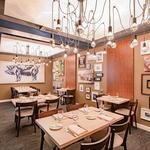Holly & Seneca


Things To Do

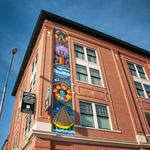
Mosaic Templars Cultural Center
The Mosaic Templars Cultural Center (MTCC) was created as a museum of Arkansas Heritage to honor the story of the Mosaic Templars of America and all of Arkansas's African American history. The museum is dedicated to telling the story of the African American experience in Arkansas.

North Little Rock High School
This is Holly's old Alma Mater, NLRHS! See the historic sites where the "North Little Rock Six" took place. Six African-American students who attempted to desegregate North Little Rock High School on September 9, 1957... but to no avail. Also see the beautiful track, field, & stadiums!
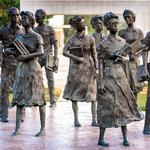
Little Rock Central High School National Historic Site Visitor Center
See the historic sites where The "Little Rock Nine" events took place. The Nine teens became the first African American students to enter Little Rock's Central High School on September 23, 1957.

Philander Smith College
Philander Smith College is one of Arkansas's HBCU. It proudly serves as home for the Dr. Milton Pitts Crenchaw exhibit. The now permanent fixture highlights the life and work of the former Tuskegee Airman who was a native of Little Rock. A historical figure across the nation, Crenchaw led the first successful flight instructor program at Philander Smith College in the 1940s and 1950s. Located in the D.W. Reynolds Library and Technology Center at Philander Smith, the exhibit was previously installed at the Bill & Hillary Clinton National Airport.
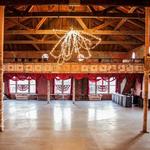
Dreamland Ballroom
Historical Significance: In 1918, the Taborian Hall, the building that houses the Dreamland Ballroom, was completed. The Knights and Daughters of Tabor, a black fraternal organization, spent a week that year from July 14 - 20 celebrating the completion of their new headquarters and home on West 9th Street. The Taborian Hall at 800 W. 9th St. has now stood in downtown Little Rock for almost 100 years. Once a central fixture of religious expression, fraternal support, economic progress, and entertainment in the African-American community in the early 20th century, this beautiful old building now houses Arkansas Flag and Banner.
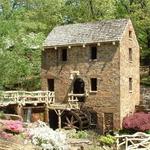
The Old Mill
Old Mill has been called the most picturesque spot in North Little Rock. The actual mill, which operated in the 1800s, provided the background for the opening scenes of 'Gone With the Wind'. Today, visitors can explore the inside of the mill or sit on the surrounding mushroom-shaped benches and watch the waterwheel churn. In the spring and early summer, flowers decorate the banks of the pond.






































